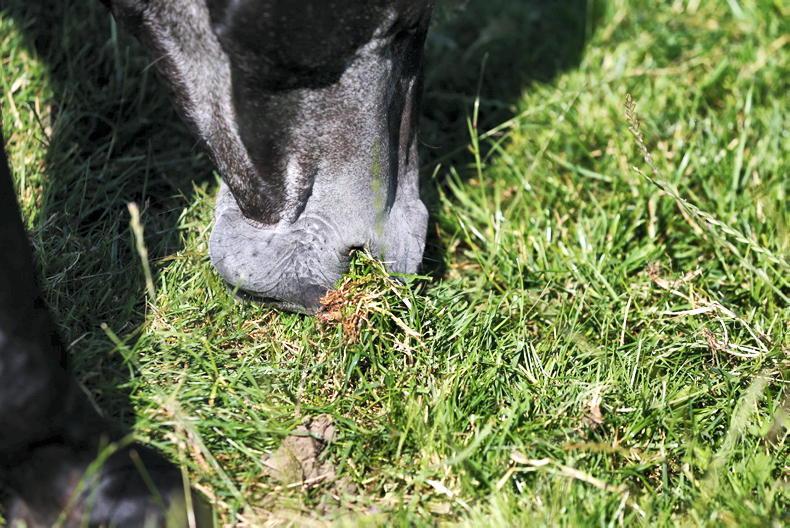Strip grazing
Strip grazing is an effective pasture management technique for horses, helping to control grass intake, prevent overgrazing, and maintain healthy pasture. By dividing a field into smaller sections and allowing access to one strip at a time, horses consume grass more gradually, which helps reduce the risk of laminitis and obesity. It encourages more even grazing, limits waste, and gives previously grazed areas time to recover and regrow. Strip grazing also helps maintain sward quality and extends the life of the grazing season. It’s a simple but powerful way to balance horse health with sustainable pasture use.
Rotational grazing
Rotational grazing is a valuable method for managing pasture and promoting horse health. By dividing grazing areas into sections and rotating horses between them, grass is given time to rest and regrow, improving pasture quality and productivity. This system prevents overgrazing, reduces soil compaction, and encourages deeper root growth, leading to more resilient swards. It also helps control internal parasites by breaking their life cycle, as horses aren’t grazing the same area continuously. Rotational grazing ensures a more balanced, nutrient-rich forage supply while supporting sustainable land use. Overall, it benefits both the horses and the long-term health of the pasture.
Track grazing
Track grazing is an effective system for managing horse weight, promoting movement, and protecting pasture. By setting up a track – usually around the perimeter of a field – horses are encouraged to walk more throughout the day, mimicking natural herd movement. This increased activity supports joint health, mental stimulation, and weight control. The central area of the field can be rested and allowed to regrow, preventing overgrazing and soil damage. Track grazing also reduces the risk of laminitis by limiting access to lush grass, especially in spring and autumn. It’s a practical, horse-friendly method for managing turnout, particularly for good-doers or natives.




 This is a subscriber-only article
This is a subscriber-only article
 It looks like you're browsing in private mode
It looks like you're browsing in private mode









SHARING OPTIONS: